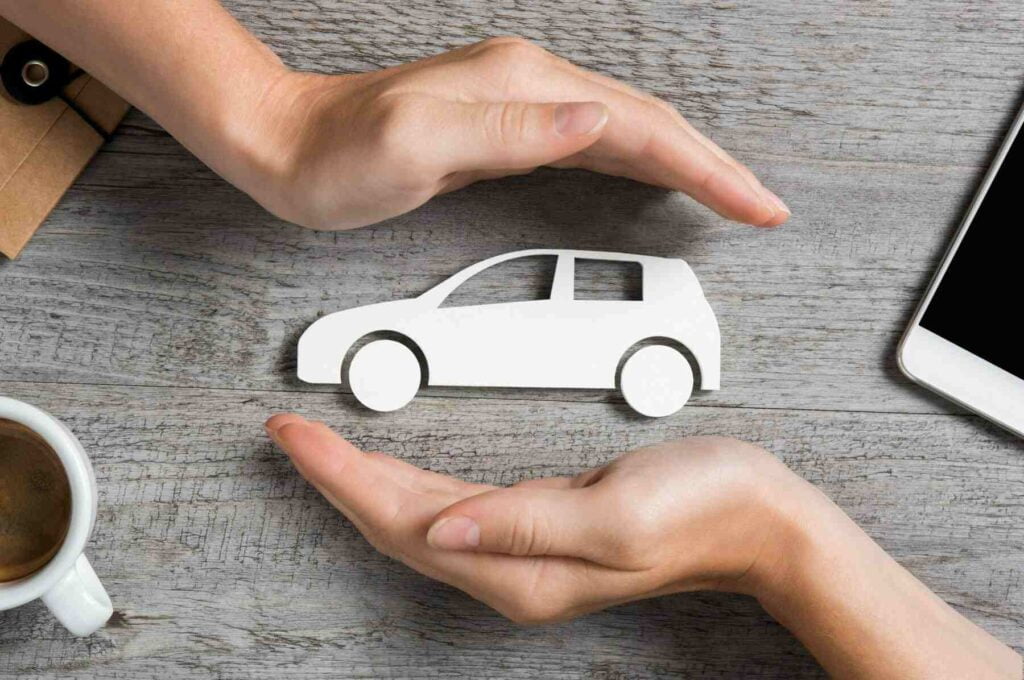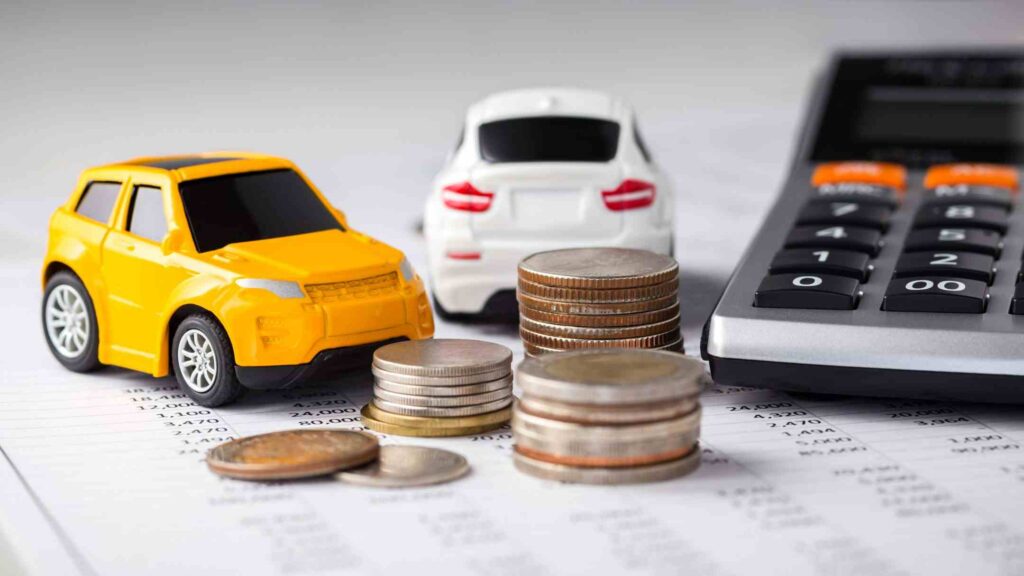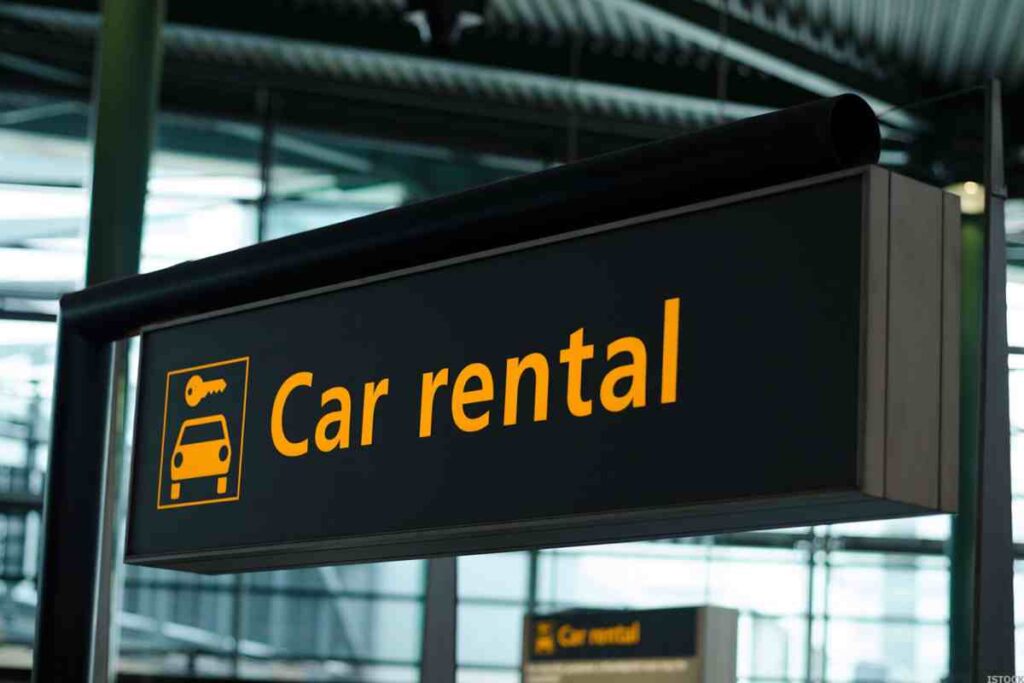When you’re involved in a car accident, one of the first things that might cross your mind is, “Will my insurance cover the repairs, especially if the accident was my fault?” It’s a common concern for many drivers, and understanding how your car insurance works in these situations is important. This article will walk you through the basics of what happens when you’re at fault in an accident, what types of coverage might help with repair costs, and what you can expect during the claims process. By the end, you’ll have a clearer picture of how to protect yourself and your vehicle, even when things don’t go as planned.
Understanding Fault in Car Accidents

Being “at fault” in a car accident means that you are responsible for causing the collision, either partially or entirely. Fault is assigned based on actions (or inactions) that lead to the accident, such as failing to yield, running a red light, or distracted driving. The degree of fault can vary, with one driver being fully at fault or multiple drivers sharing responsibility.
Determining Fault
Insurance companies and law enforcement determine fault in car accidents through a detailed process. Insurance companies gather statements from drivers, review police reports, examine physical evidence like photos and videos, and consider witness statements and traffic laws. They also perform a negligence analysis to assign liability.
Law enforcement, on the other hand, conducts on-scene investigations, interviews involved parties and witnesses, checks for traffic violations, and compiles their findings into an accident report. In complex cases, they may involve accident reconstruction experts. Common scenarios, such as rear-end collisions and intersection accidents, often have clear indicators of fault based on traffic rules and driver behavior. This comprehensive approach ensures a fair determination of fault, impacting insurance claims and legal responsibilities.
Impact of Fault on Insurance Claims
Being at fault typically leads to an increase in your insurance premiums. Insurers view at-fault drivers as higher risk, making them more likely to file future claims. The severity of the accident and your driving history also influence the rate increase. For instance, a minor accident might result in a smaller premium hike, while a severe accident with significant damages and injuries can lead to a substantial increase. Some insurance companies offer accident forgiveness programs, which can help mitigate the impact on your premiums by preventing your first at-fault accident from affecting your rates.
Will Car Insurance Cover Repairs If You Are at Fault?
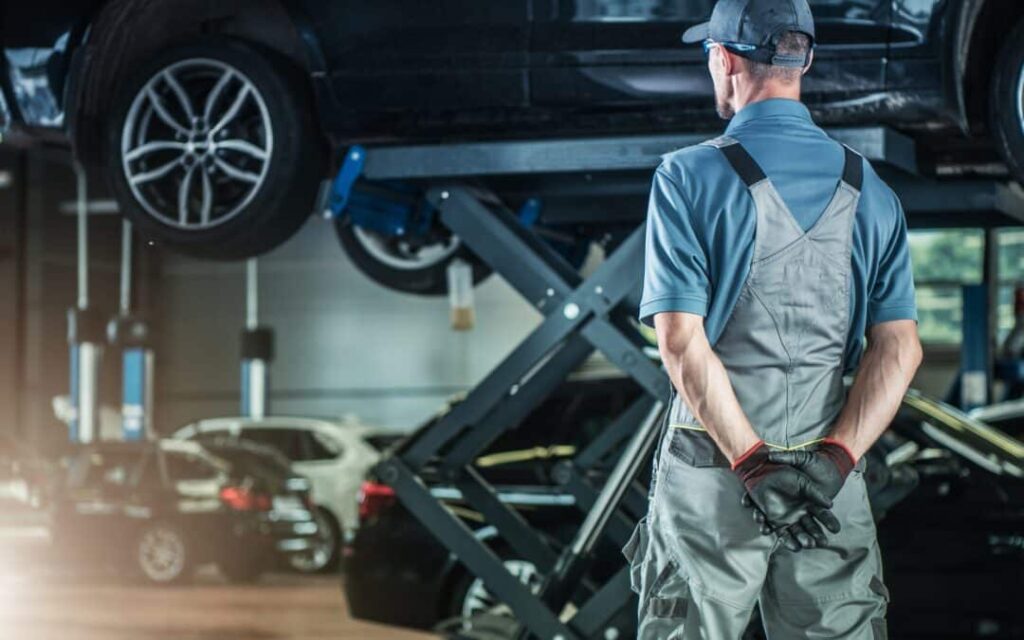
To cover the repairs to your own car, you need collision coverage. Collision coverage pays for the repair or replacement of your vehicle, regardless of who is at fault. This means that if you have collision coverage, your insurance will help pay for the repairs to your car after you pay your deductible. This can be particularly useful in at-fault accidents, as it ensures that you are not left with the full financial burden of repairing your vehicle.
It’s important to note that having collision coverage is optional and comes at an additional cost. If you only have liability insurance, you will need to pay for your own car repairs out of pocket if you are at fault in an accident. Additionally, being at fault in an accident can lead to an increase in your insurance premiums, as insurers may view you as a higher risk.
Types of Coverage When You’re at Fault
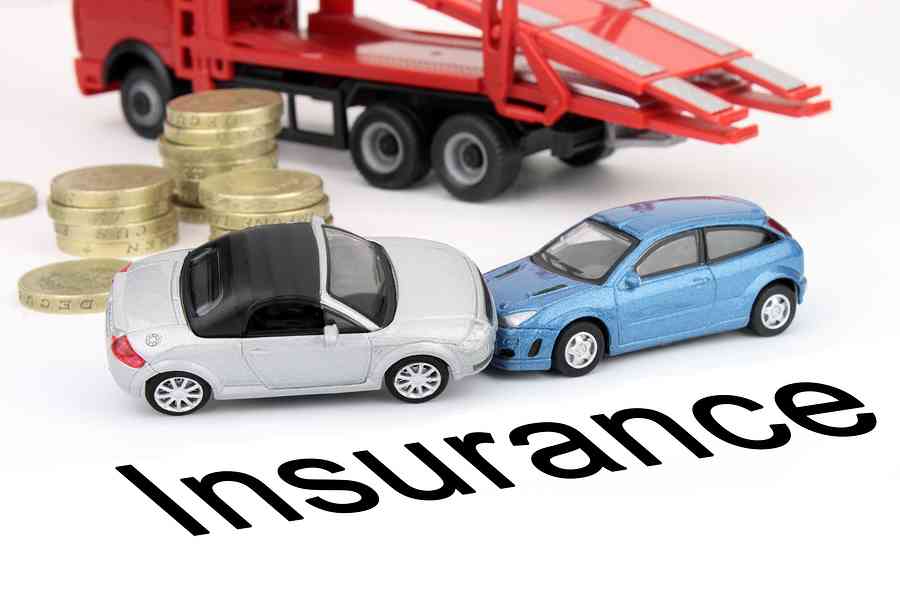
When you’re at fault in a car accident, certain types of car insurance coverage can help cover the costs. Here are the key types of coverage to consider:
- Liability Insurance: It includes bodily injury liability, which pays for the other party’s medical expenses and lost wages, and property damage liability, which covers repairs or replacement of the other party’s property. This insurance does not cover your own injuries or vehicle repairs and is mandatory in most states to protect you from significant financial loss.
- Collision Coverage: It pays for repairs to your vehicle if you collide with another vehicle or object, regardless of who is at fault. This coverage is particularly useful for covering your own repair costs after an at-fault accident.
- Personal Injury Protection (PIP): This covers medical expenses, lost wages, and other related costs for you and your passengers, regardless of who is at fault. PIP is required in some states and optional in others.
- Medical Payments Coverage (MedPay): This covers medical expenses for you and your passengers, regardless of who is at fault. This coverage is similar to PIP but typically offers less comprehensive benefits.
- Underinsured/Uninsured Motorist Coverage: It protects you if you’re involved in an accident with a driver who has no insurance or insufficient coverage. It covers medical expenses and property damage, ensuring you are not left with hefty bills if the other driver cannot pay.
- Gap Insurance: This covers the difference between the actual cash value of your vehicle and the amount you owe on your car loan or lease if your car is totaled or stolen. This is particularly useful if you have a new car that depreciates quickly.
- Comprehensive Coverage: This covers damage to your vehicle from non-collision events such as theft, vandalism, natural disasters, and falling objects. While not directly related to at-fault accidents, it provides additional protection for your vehicle.
By understanding these types of coverage, you can make informed decisions about your car insurance policies and ensure you have the protection you need in case of an at-fault accident.
Making a Claim After an At-Fault Accident
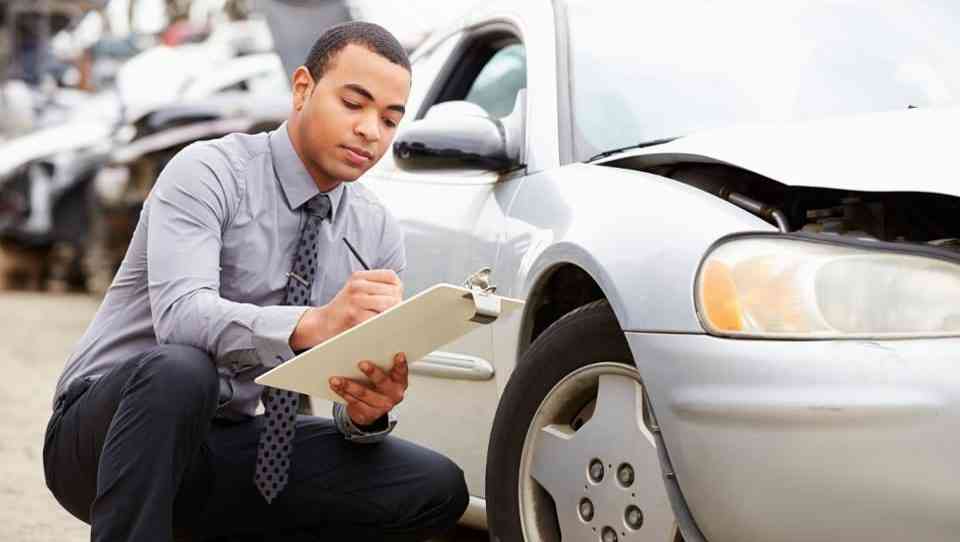
Filing a car insurance claim can seem daunting, but understanding the process can make it smoother. Here’s a step-by-step guide to help you through it:
- Ensure Safety and Call the Police: Move to a safe location if possible. Call the police to report the accident, even if it’s minor. A police report is often required for insurance claims.
- Collect Information and Evidence: Exchange contact and insurance information with the other driver(s). Gather names and contact details of any witnesses. Take photos of the accident scene, vehicle damage, and any injuries.
- Notify Your Insurance Company: Contact your insurer as soon as possible to report the accident. Provide them with all the collected information and evidence.
- File the Claim: Fill out the necessary claim forms provided by your insurance company. Submit the forms along with the required documents.
- Work with the Insurance Adjuster: An insurance adjuster will be assigned to your case to assess the damage and determine the claim’s validity. Cooperate with the adjuster and provide any additional information they may need.
- Receive the Settlement: Once the claim is approved, you will receive a settlement offer. Review the offer and negotiate if necessary before accepting it.
Necessary Documents and Information
- A copy of the police report was filed at the scene.
- Your insurance policy number and driver’s license.
- Names, addresses, and contact details of all parties involved.
- Make, model, year, and license plate numbers of all vehicles involved.
- Photos of the accident scene, vehicle damage, and a written account of what happened.
- An estimated bill of the car’s repair cost.
- Copies of your insurance policy, car registration certificate (RC), and driver’s license.
By following these steps, you can navigate the car insurance claim process more effectively and ensure you receive the coverage you’re entitled to.
Impact on Insurance Rates
When you’re at fault in a car accident, it can significantly impact your insurance rates. Insurance companies view at-fault drivers as higher risk, which means you’re more likely to file future claims. As a result, your premiums will typically increase. The extent of this increase depends on several factors, including the severity of the accident, your driving history, and the specific policies of your insurance provider.
The severity of the accident plays a crucial role in determining the rate hike. Minor accidents might result in a smaller increase, while severe accidents with significant property damage or bodily injuries can lead to a substantial rise in premiums. For example, insurance rates can increase by an average of 49% after an at-fault accident. Additionally, if you have a history of multiple accidents or traffic violations, the rate increase could be even more pronounced.
Different insurance companies have varying policies on how they handle rate increases after an accident. Some insurers offer accident forgiveness programs, which can prevent your first at-fault accident from affecting your premiums. However, not all companies provide this benefit, and those that do may have specific eligibility criteria. It’s also worth noting that the impact on your rates may not be immediate; often, the increase will take effect at your next policy renewal.
Tips for Choosing the Right Coverage
Choosing the right car insurance coverage can be a daunting task, but with the right approach, you can find a policy that meets your needs and budget. Here are some tips to help you make an informed decision:
- Evaluate how much coverage you need based on factors such as your state’s minimum requirements, the value of your car, your budget, and your risk tolerance.
- Shop around and compare quotes from multiple insurers to find the best rates.
- Choose a financially stable insurance company that can pay out claims when needed. You can check an insurer’s financial strength ratings from agencies like A.M. Best.
- Research customer satisfaction ratings and reviews to ensure the insurer provides good customer service and handles claims efficiently.
- Ask about available discounts, such as bundling your car insurance with other policies, maintaining a good driving record, or installing safety devices in your vehicle.
- Make sure the policy covers all your needs, including liability, collision, comprehensive, and any additional coverage you may require. Consider the deductible amount and how it affects your premium.
- Choose an insurer that offers convenient ways to manage your policy, such as a user-friendly mobile app, flexible customer service hours, and an easy-to-use website.
- Read the policy terms carefully to understand what is covered and what is excluded. Ask questions if anything is unclear to ensure you know exactly what you’re paying for.
Does Auto Insurance Cover Transmission Failure?
By following these tips, you can find the right car insurance coverage that provides the protection you need at a price you can afford.
FAQs
Q 1. What happens if my car is totaled in an at-fault accident?
Ans. If your car is totaled, your collision coverage can help pay for the value of your car, minus your deductible. The insurance company will determine the actual cash value of your car at the time of the accident.
Q 2. Will my insurance cover a rental car while my car is being repaired?
Ans. This depends on your policy. Some policies include rental car reimbursement coverage, which can help pay for a rental car while your vehicle is being repaired.
Q 3. Can I switch insurance companies if I have an open claim?
Ans. Yes, you can switch insurance companies even if you have an open claim. However, your current insurer will still handle the claim until it is resolved.
Q 4. What if the other driver is also at fault?
Ans. In cases where both drivers share fault, the insurance companies may determine a percentage of fault for each driver. Your insurance may cover a portion of the damages based on your percentage of fault.
Q 5. Does my insurance cover damages if someone else is driving my car?
Ans. If the person driving your car has your permission, your insurance will typically cover the damages. However, if the costs exceed your policy limits, the driver’s insurance may act as secondary coverage.
Conclusion
Understanding whether your car insurance will cover repairs if you are at fault is crucial. By knowing the types of coverage available, such as liability and collision insurance, you can better prepare for any accidents. Remember, being at fault can affect your premiums, so it’s important to drive safely and know what steps to take if an accident happens. Always review your insurance policy and talk to your insurance provider to ensure you have the right coverage for your needs. This way, you can drive with peace of mind, knowing you’re protected no matter what happens on the road.

Shubham is a passionate insurance expert with years of experience in the industry. I write about home, auto, travel, life, and health insurance to help readers make informed decisions. My goal is to break down the details of coverage, costs, and claims in a straightforward, easy-to-understand way, so you can protect what matters most without the confusion.
